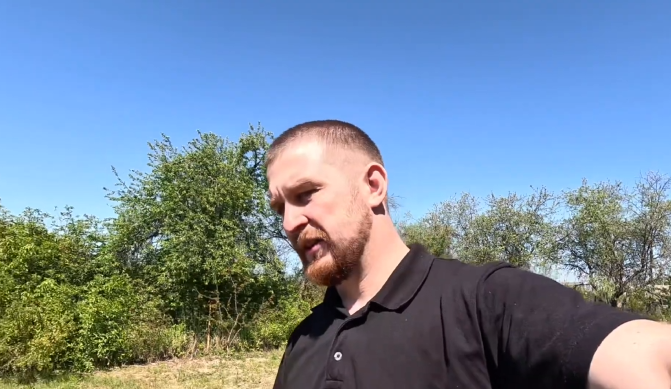
There’s something incredibly exciting about the idea of building a summer house. For me, it’s not just a structure—it’s a vision, a dream I’ve nurtured for years. A personal retreat tucked away from the noise of everyday life, where I can wake up to birdsong and fall asleep under the stars. And now, that dream is starting to take its first real steps. I’ve decided to share my journey—from concept to construction—beginning with the most critical phase: inspecting the scope of work.
Why a Summer House?
Before diving into the logistics, I want to reflect for a moment on why I’m doing this. I’ve always loved nature—the quietness of rural landscapes, the smell of freshly cut grass, and the way light changes throughout the day in an open field. Life in the city is fast-paced and often exhausting. The idea of a summer home, one that I design and build with intention, is like creating my own peaceful world. A space to read, write, rest, entertain close friends, or simply do nothing at all.
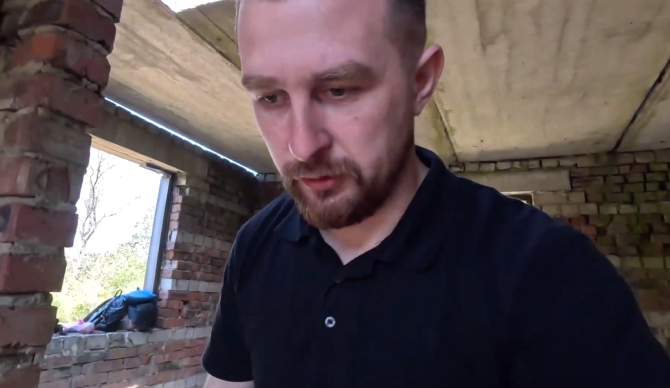
The Dream Begins to Take Shape
For years, this summer house was just a sketch in my mind—an idea jotted down in notebooks, saved in Pinterest boards, and mentioned in passing during conversations with friends. But now it’s real. I have the land. I have a rough design in mind. And now, I’m beginning to take the first concrete steps: assessing what needs to be done and planning the build from the ground up.
Step One: Site Inspection and Initial Assessment
The land I chose is about an hour and a half from my main home. It’s peaceful, surrounded by trees, and close to a small lake. It’s everything I imagined. But before anything else can happen, I need to evaluate what’s already there—and what isn’t.
I spent a full weekend at the site. I walked every inch of the land, taking notes and pictures. I looked at natural features, checked for access points, measured distances, and assessed the slope of the land. I noticed how water flows during rain, and where the best light hits during sunrise and sunset. These small observations are crucial in determining where the house should sit.
I also had a local surveyor visit the site. With his help, I now have a clear map of the plot—boundaries, soil types, and any environmental regulations I need to follow. It’s not the most glamorous part of the project, but it’s absolutely essential.
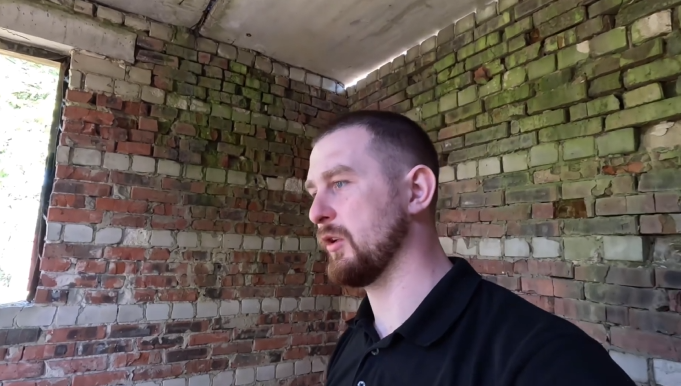
Determining the Scope of Work
Next comes defining the scope of work. This part is more complex than I initially imagined. Building a summer house isn’t just about putting up walls and a roof. It involves a range of decisions and tasks that must be carefully mapped out. Here’s what I’ve identified so far:
- Clearing the Site: While most of the land is already open, a few trees and shrubs will need to be removed to make space for construction.
- Laying the Foundation: I’m still debating between a concrete slab or a raised wooden platform. Both have pros and cons depending on the soil, climate, and desired style.
- Utilities: This is a big one. I’ll need a water source (possibly a well), electricity (solar may be an option), and septic solutions.
- Construction Materials: I’m leaning towards a wood-based design with large windows and a deck. I want it to feel natural, airy, and full of light.
- Interior Layout: Even though it’s a summer house, I want a fully functional kitchen, a cozy living space, a bedroom, and a small bathroom.
- Permits and Regulations: I’ve started looking into local zoning laws and building codes. I want to make sure everything is legal and safe from the start.
- Timeline and Budgeting: I’m mapping out a rough timeline, broken down into phases: planning, prep, construction, and finishing. I’ve also started putting together a budget. I know there will be surprises, so I’m planning for contingencies.
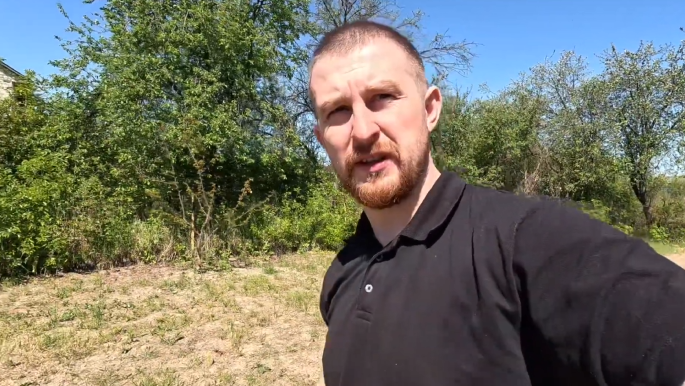
Visualizing the Design
Once the practical matters are under control, I let myself dream a little. I’ve started sketching out ideas for how the house will look. I want big windows facing the lake, maybe a wraparound porch, and a garden with native plants. I imagine hammocks, string lights, and outdoor dinners under the stars.
I’ve also started looking for inspiration from magazines, books, and online architecture portfolios. I’m trying to strike a balance between simplicity and comfort—something timeless, not trendy. It doesn’t need to be big; it just needs to feel right.
Meeting with a Contractor
While I plan to take on part of the work myself—especially design decisions and finishing touches—I’ll be working with a contractor for the major construction. I’ve already met with two local professionals, and I’m impressed by their experience with rural and eco-friendly builds.
We walked through the property together, discussed my vision, and they offered suggestions I hadn’t considered. Things like drainage, seasonal insulation needs, and alternative materials. I came away from those meetings with new confidence—and a longer to-do list.
The Emotional Side of Building
It’s funny how emotional this process is. I thought it would be mostly logistical: budgets, blueprints, timelines. But it’s also deeply personal. This house represents freedom, creativity, and a return to nature. As I take the first steps—standing on the land, imagining the finished home—I feel a mix of excitement, nervousness, and pride.
I know there will be challenges. Delays, unexpected costs, and design changes are all part of the journey. But I’m committed. And by sharing this process, I hope to document not just a construction project, but a transformation—of land, of vision, and of myself.
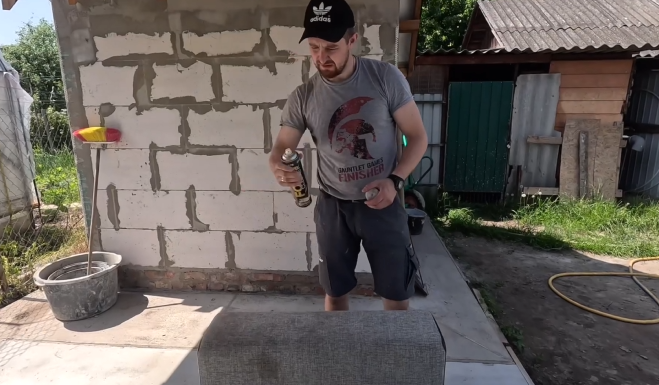
Looking Ahead
This is only the beginning. In the coming months, I’ll continue updating on each stage: choosing materials, breaking ground, framing, and decorating. My goal is to finish the build within a year—just in time for next summer.
For now, though, I’m right at the edge. The dream is becoming a plan. The plan is becoming action. And I couldn’t be more excited.
If you’ve ever considered building a summer house—or any type of retreat—I encourage you to take the first step. Start small. Inspect the scope. Stand on the land and let your imagination do the rest. It’s a beautiful journey, and I’m thrilled to be on it.


